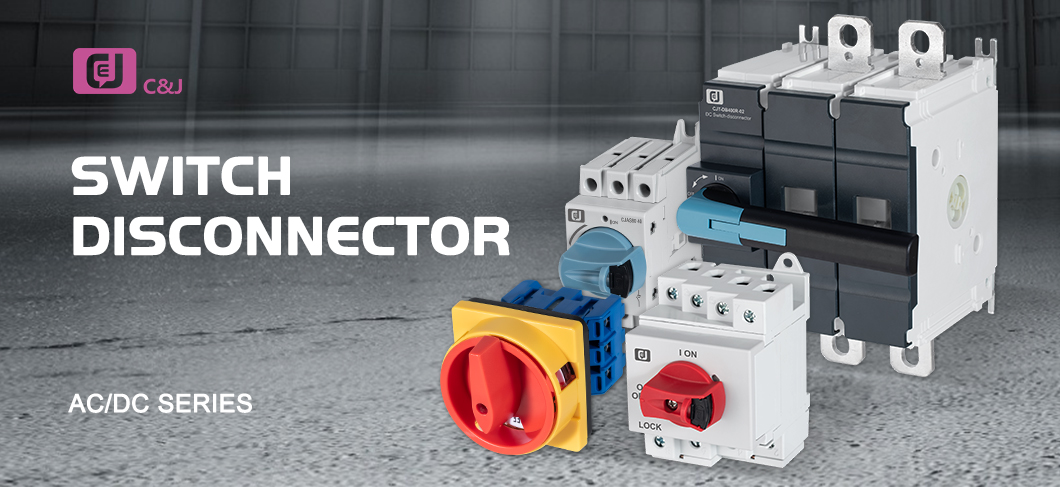introduce:
When it comes to electrical systems, safety and functionality remain critical. AC/DC isolating switches and disconnect switches play a vital role in providing a safe environment for electrical maintenance, repair and installation work. However, understanding the differences between the two devices is critical to ensuring proper use and preventing potential hazards. In this blog post, we’ll delve into the intricacies of AC/DC isolating switches and isolating switches, exploring their functions and highlighting the key differences between them.
AC and DC isolation switch:
AC/DC isolating switches, often called isolators, are designed to provide complete electrical isolation. Its primary function is to interrupt electrical circuits and disconnect power from equipment or machinery for maintenance or repair. By doing so, the isolating switch ensures that no current flows through the circuit during these operations, thus protecting the technician’s life and preventing damage to the equipment.
The main features of AC and DC isolation switches include:
1. Strong structure: The isolator can withstand high voltage and large current, ensuring its reliability and durability.
2. Anticipated load breaking: AC and DC isolating switches are suitable for anticipatory and emergency load breaking operations, making them ideal for safety and maintenance tasks.
3. Signage and lockout facilities: These switches usually have clear signage indicating their on/off status for easy identification and operation. In addition, the isolating switch can be locked to prevent unauthorized access during maintenance or repair work.
Isolating switch:
On the other hand, isolating switches are also known as load break switches and their specific purpose is to isolate electrical equipment for maintenance or repair work. It essentially acts as a safety device, breaking or disconnecting the circuit during no-load conditions. Although it is similar to an isolating switch, an isolating switch does not provide the same level of isolation and is not recommended for interrupting live loads.
The main features of the isolating switch include:
1. Load breaking capacity: Isolating switches are mainly used for load breaking operations to ensure the safety of technicians and avoid potential damage to equipment.
2. Limited isolation capability: Unlike the isolating switch, the isolating switch cannot guarantee complete electrical isolation because it can only operate when the circuit is in an open circuit state.
3. Auxiliary functions: Isolating switches are usually equipped with auxiliary contacts, which can remotely monitor and indicate their status.
Distinguish the difference:
Although both AC/DC isolating switches and isolating switches are important in electrical systems, there are several key differences between them:
1. Isolation Level: The main difference is the isolation level provided. AC/DC isolating switches ensure complete electrical isolation under any operating conditions, whereas isolating switches ensure isolation only when the circuit is open.
2. Load-breaking capacity: Isolating switches are designed for both anticipated and emergency load-breaking duties, making them more versatile than isolating switches that only operate when a circuit is de-energized.
3. Safety considerations: AC and DC isolation switches put safety first during maintenance and repair work, ensuring that there is no current flowing in the circuit and eliminating potential electrical hazards. Although the isolating switch offers some safety advantages, it is not suitable for interrupting live loads and should be used with caution.
In summary:
Understanding the differences between AC/DC isolating switches and disconnect switches is critical to maintaining a safe and efficient electrical system. While both devices have related uses, their unique capabilities and limitations set them apart. By understanding their differences, electrical professionals can make informed decisions about which switch is suitable for a specific application, ensuring the highest level of safety and efficiency in electrical maintenance and repair operations.
Post time: Dec-01-2023


